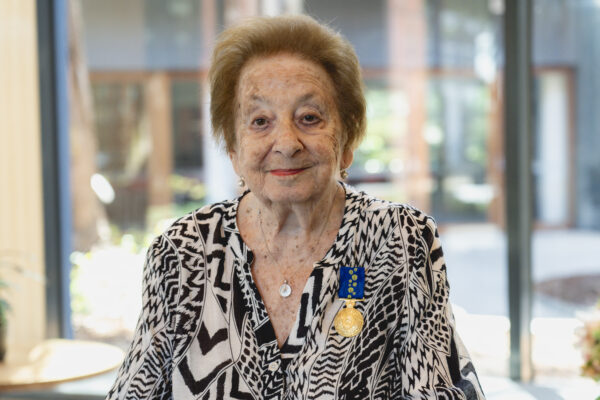We must tell the stories of women in a nation that doesn’t perform well on gender equality. This is our true great battlefront.
Emily, Annabel, Alex, and Emma, Year 8
When it comes to the urgent matter of gender equality, Australia has work to do. Whilst women’s educational attainment ranks no.1, women’s participation in the Australian economy has slipped 58 places in workforce participation, and 24 places in political empowerment. The gender pay gap remains a stubborn issue, and if we continue on our current trajectory, this won’t change in the next century.
We are not having it, and nor are our indomitable Year 8s! Gender equality became the social imperative that informed our Year 8 KXP The Women Who Waited? Forgotten Stories of WW1! For too long, the stereotype of the digger in the slouch hat – the selfless, masculine larrikin and the mate – dominated our national narrative. Meanwhile, women were traditionally assigned the role of the virtuous and sacrificial onlooker waited upon or waited for our hero men. Her story is far more complex than that and just as heroic.
In this KXP, History, Art, Music, and Stem united to tell the unique stories of women addressing the key question of why the war did not have a transformative impact on the working lives of women in Australia as it did their British and American counterparts. Through complex texts, artworks, and music we respectfully commemorated the war of all those who gave so much to defend freedom, but we also interrogated the persistent culture of ‘boys club’ which was first cultivated by the Australian WW1 media. Along the way, we were joined by experts including Alicia Cerreto, a professional historian, author, and philanthropist, and Brian Hogg a composer who wrote ‘The New Anzacs’. Students toured the Shrine of Remembrance asking questions about the evolution of Anzac over the years.
Through rich case studies and mastery learning, the unit culminated in an exquisite student-produced website. The website, which can be accessed here, contains powerful history editorials on the question of women, poignant photographic responses made in Art, a video of the beautiful music and choir, and podcasts the students learned to make.
It is our wish, nay determination, that by truly understanding the historical causes of gender inequality in Australia, our students will be empowered and equipped to ask the right questions in the future and rupture any hall of power which denies them their highest aspirations.
By Nicola Devlin, Head of Humanities




